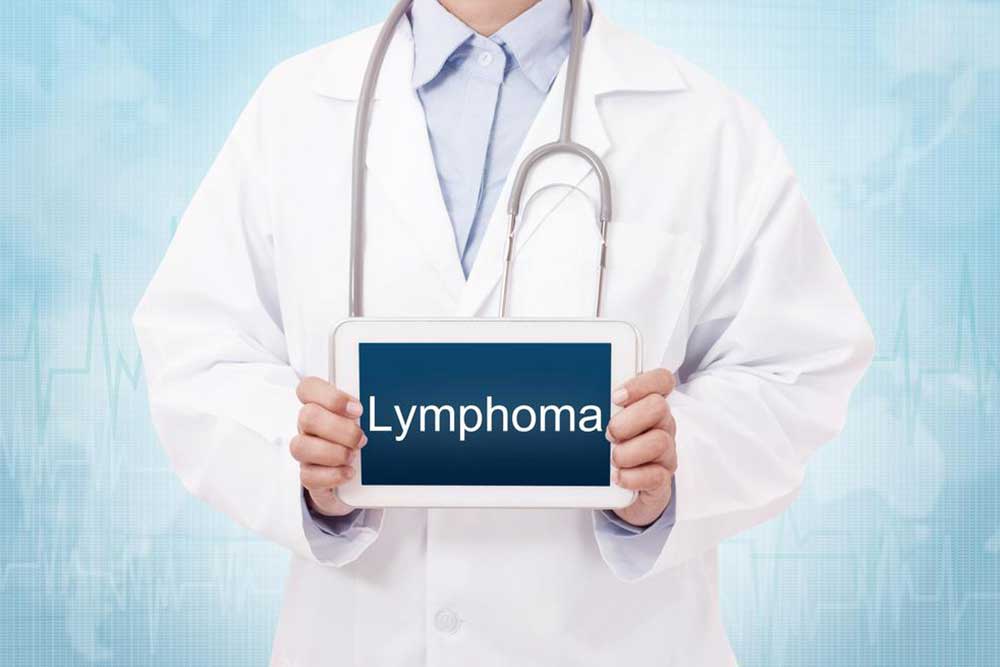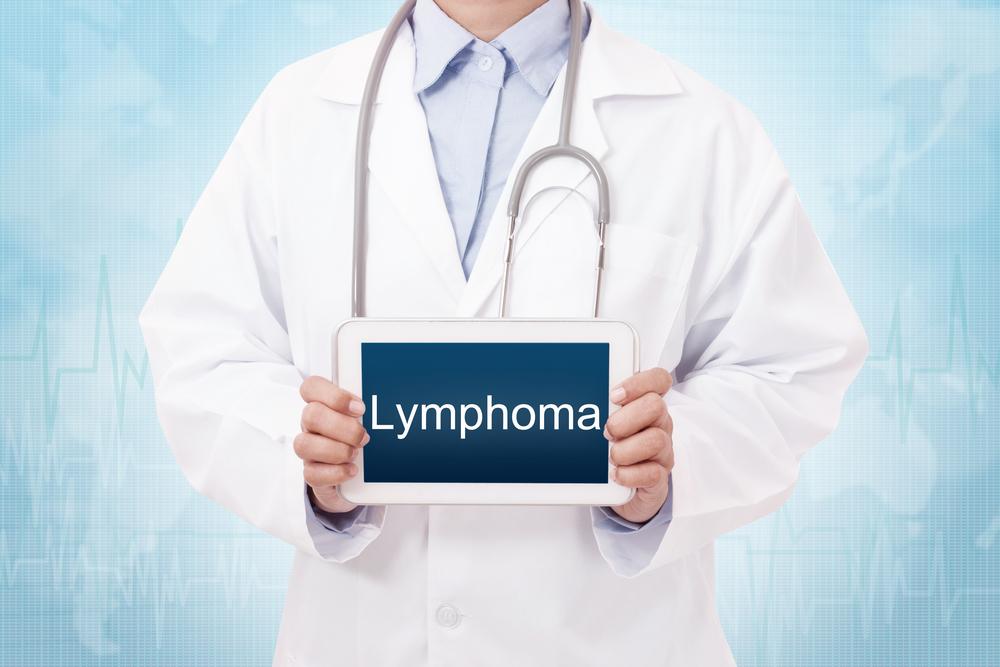Understanding Lymphoma: Causes, Risks, and Symptoms
Lymphoma is a cancer of the lymphatic system with causes including genetic factors and infections. Key symptoms include painless lumps, weight loss, fever, night sweats, and fatigue. Early detection and understanding risk factors can improve outcomes. This article explains the types of lymphoma, risk factors, and signs to watch for to promote awareness and prompt medical attention.

Understanding Lymphoma: Causes, Risks, and Symptoms
Lymphoma is a cancer originating in the lymphatic system, an essential part of the immune defense. This system includes lymph nodes, bone marrow, the thymus, and spleen—all interconnected and vital for fighting infections. When lymphocytes, a type of white blood cell, multiply abnormally, it causes lymphoma. This disease can develop in any part of the body, often without initial symptoms, making early detection crucial.
Lymphoma is broadly classified into Hodgkin’s and non-Hodgkin’s types, each involving different lymphocyte variations.
Hodgkin’s lymphoma involves genetic changes in B lymphocytes, often linked to the Epstein–Barr virus (EBV), which triggers Reed-Sternberg cell formation. These genetic mutations disrupt DNA, affecting oncogenes and tumor suppressor genes. Risk factors for Hodgkin’s include age (primarily 20s and late 50s), male gender, family history, weakened immune systems post-surgery, and autoimmune diseases. Different subtypes of Hodgkin’s exist, such as nodular sclerosing and mixed cellularity lymphoma.
In contrast, non-Hodgkin’s lymphoma causation remains less clear but involves genetic rearrangements, infections like EBV and HIV, chronic inflammatory conditions like Crohn’s disease, immune deficiencies, and hereditary genetic syndromes.
Common Symptoms
Enlarged Lumps: Painless swelling in neck, armpit, or groin indicating abnormal lymphocyte growth and spread.
Weight Loss: Unintentional weight reduction exceeding 5% often hints at lymphoma progression.
Fever: Persistent, unexplained fever with sweating can signal underlying lymphoma even if initially mistaken for common illnesses.
Night Sweats: Unusual nighttime sweating suggests disease development.
Weakness: Fatigue from immune system exhaustion due to rapid cancer cell growth.
Disclaimer: Our articles aim to provide helpful information. However, readers should consult healthcare professionals for diagnosis and treatment, as online content is not a substitute for medical advice. The website is not responsible for data discrepancies or errors.










